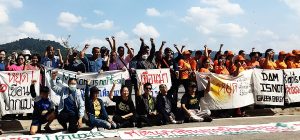In Chiang Khan, a picturesque Thai tourist town bordering the Mekong River, the new year brought dark forebodings of a hydropower project slated to be installed just 2 kilometers away in neighboring Laos.
Thanusilp Inda, the head of Ban Klang village in Chiang Khan, expressed his anxiety over the future. “The Sanakham dam will be a disaster for ecology and fish, it will cause worse flooding,” he told the Diplomat.
Just before Christmas, the Thai government’s Office of the National Water Resources (ONWR) under the Office of the Prime Minister announced that the Mekong River Commission consultation process would suddenly go ahead, despite warnings from The Thai Human Rights Commission (THRC) to exercise caution.
In a letter sent to Thai Prime Minister Paetongtarn Shinawatra in November 2024, the THRC advised against any hasty action until a thorough assessment was completed of the transboundary impacts on Thai people and their livelihoods.
The report cited a wide range of impacts, including flooding and erosion of riverbanks, that will damage two important tourist sites in Thailand: Kaeng Khut Khu in Chiang Khan District and Phan Khot Saen in Nong Khai Province.
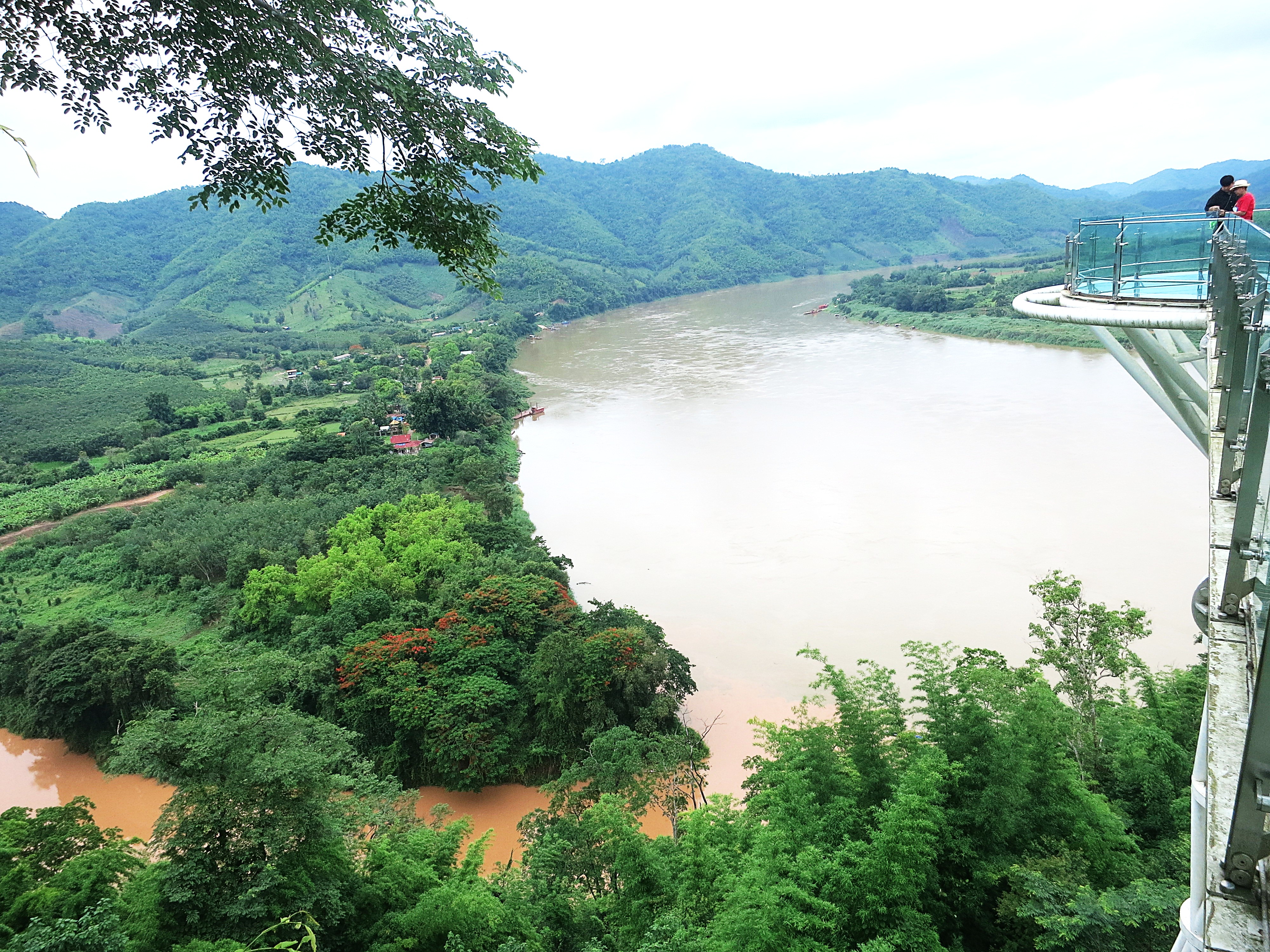
A panorama of the Laos-Thailand border, looking from the Thai side of the border across the Mekong River to Laos. Photo by Tom Fawthrop.
The 684 MW Sanakham hydroelectric dam project across the Mekong River, close to the Thai-Lao border in Chiang Khan District, Loei Province, will cost an estimated $2.07 billion. The dam, if completed, will directly impact three of the eight provinces of Thailand that border the Mekong.
It is listed by the Mekong River Commission as the sixth hydropower dam on the lower Mekong proposed by the Lao government. Two out of the six projects in the pipeline are now operating, and a third, the Luang Prabang Dam, is under construction.
The debt-ridden government of Laos claims that their dam-building spree will boost their economy by positioning Laos as the so-called “battery of the region,” selling electricity to neighboring countries.
However, Mekong scientists and fishery experts say the dams will choke the natural free-flowing currents of the river, undermining its rich biodiversity.
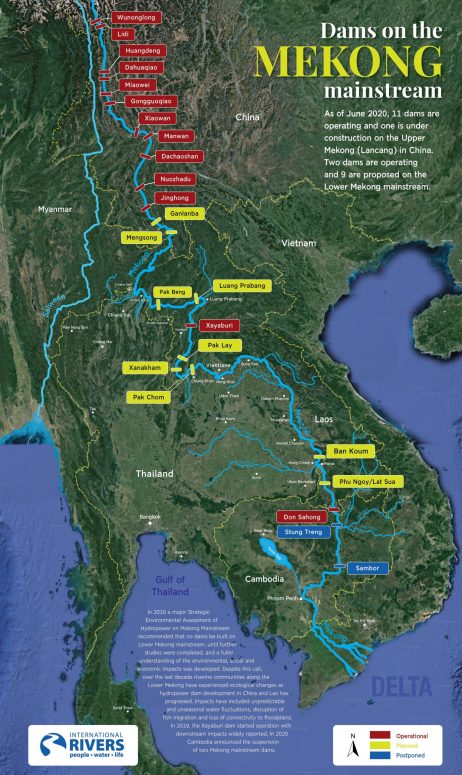
A map of the Mekong River dams that are operational (in red) and in planning (yellow). Courtesy of International Rivers.
Thailand plays a pivotal role in funding and supporting nearly all these lower Mekong mainstream dams. (Separately, China has completed 12 dams on the Lancang, aka the upper Mekong.)
Gulf Energy is the major Thai investor in the Sanakham and the Pak Beng dams on the lower Mekong, in a joint venture partnership with Chinese partner, Datang Investment Overseas.
Civil Society Fights for a Voice
On January 21, the Thai government held the third round of the dam consultation under the Mekong River Commission’s Prior Consultation mechanism. In the Sunai Hotel in Ubon Ratchachani, conservation-minded NGOs and civil society clashed with the Thai government’s commercial interests in exploiting the Mekong River’s water resources.
Ubon Flood Watch and Mekong River Network groups booked a room in the same hotel, hoping to stage a parallel alternative forum. Thai government officials were not happy about the competition, and proceeded to order the hotel management to cancel the booking of the parallel Sanakham dam forum.
Professor Kanokwan Manorom, the director of the Greater Mekong Subregion Social Research Center at Ubon Ratchathani University, attended the ONWR forum. She observed there was a lack of concrete data and an attempt to present the impacts on Thai people as only superficial.
As Manorom told Transborder News, “The Sanakham Dam will cause severe impacts on hydrology, ecology, society, economy, culture, and livelihoods.” In addition, she noted that “68 villages in Loei Province and 47 villages in Nong Khai Province, with a population of 70,000, will be the worst affected, as they lie within a 15-kilometer radius of the project. But this was not made clear and transparent by the ONWR forum.”
Neither the ONWR nor Gulf Energy responded to a request for comment from The Diplomat.
After the cancellation of the parallel civil society forum, about 200 activists from Ubon Ratchachani province held a peaceful protest inside the hotel, wearing green shirts and carrying placards with messages like “Stop the Mekong River Dam,” and “Stop the Fake Consultation.”
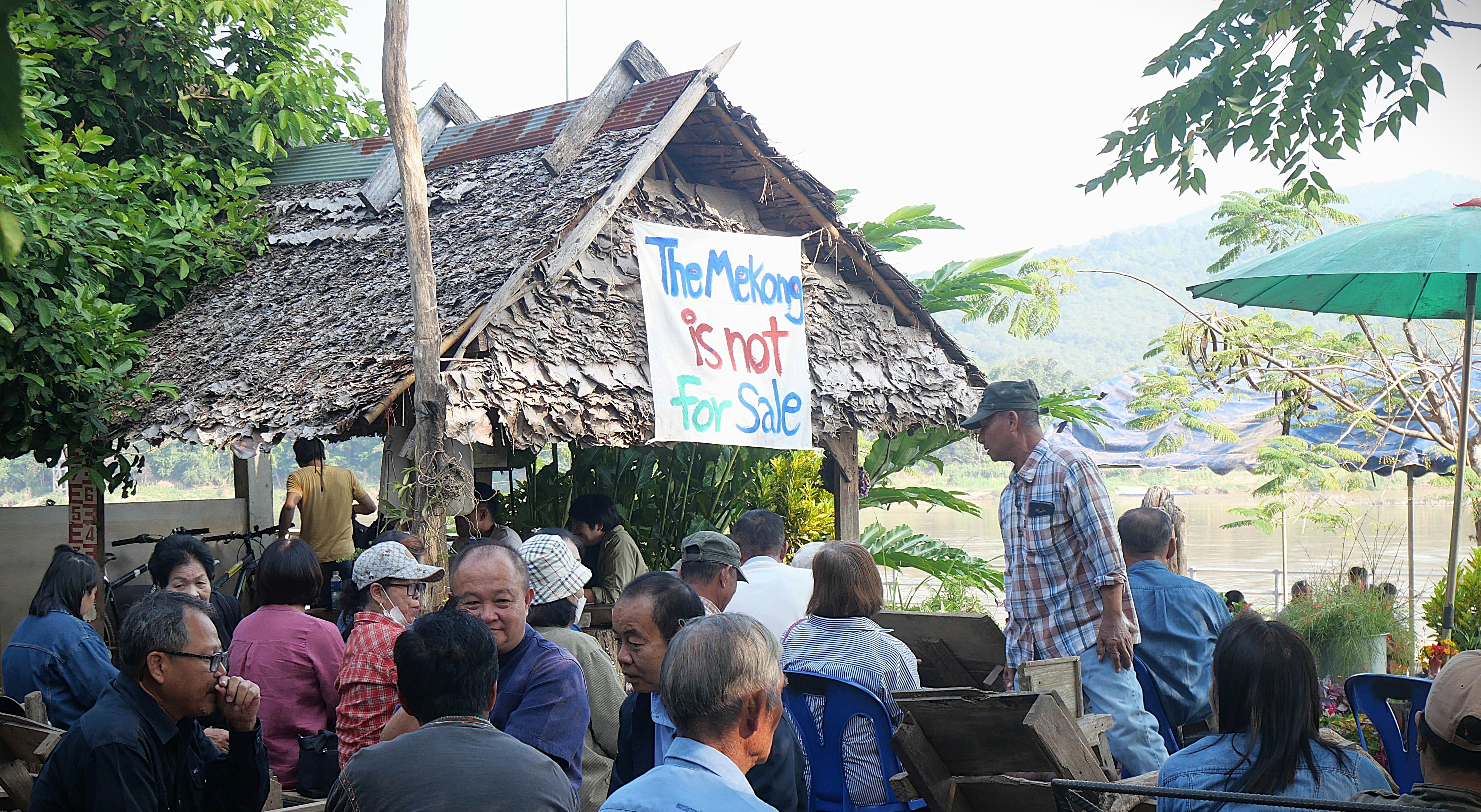
An anti-dam protest outside the Mekong School in Chiang Khong, on the Thai side of the Mekong River. Courtesy of Chiang Khong Conservation Group.
Brian Eyler an expert on transboundary issues in the Mekong region at the U.S.-based Stimson Foundation, told The Diplomat, “In this case, not enough time was given to local people, and I fear this looks like a rush job that will have negative unintended consequences. So it behooves the Thai ONWR to execute a more well thought-out consultation process.”
The fourth and final ONWR forum is scheduled for Bueng Kan on February 14. This will pave the way for Mekong River Commission Regional Stakeholder Forums. However, NGOs complain that all of these forums limit debate and do not permit questions about why this dam is needed, who benefits, and whether the project should be canceled.
The Legacy of the Xayaburi Dam
Many opponents of the new dam point to the damage already caused by the Xayaburi dam in Laos since operations started in 2019. It lies about 200 km upstream of the Lao-Thai border at Chiang Khan.
The leader of the Chiang Khan Fishermen’s Group, Prayoon Saen-ae, told The Diplomat, “After the Xayaburi opened its gates [in 2019], we suffered huge impacts. The erratic ups and downs of the water, the fluctuations created confusion for the fish.”
Channarong Wongla, a leader of the Rak Chiang Khan (“Love Chiang Khan”) Conservation Group, recalled, “We used to have more than 100 species of fish. Now it is reduced to 20 species in the last six years.”
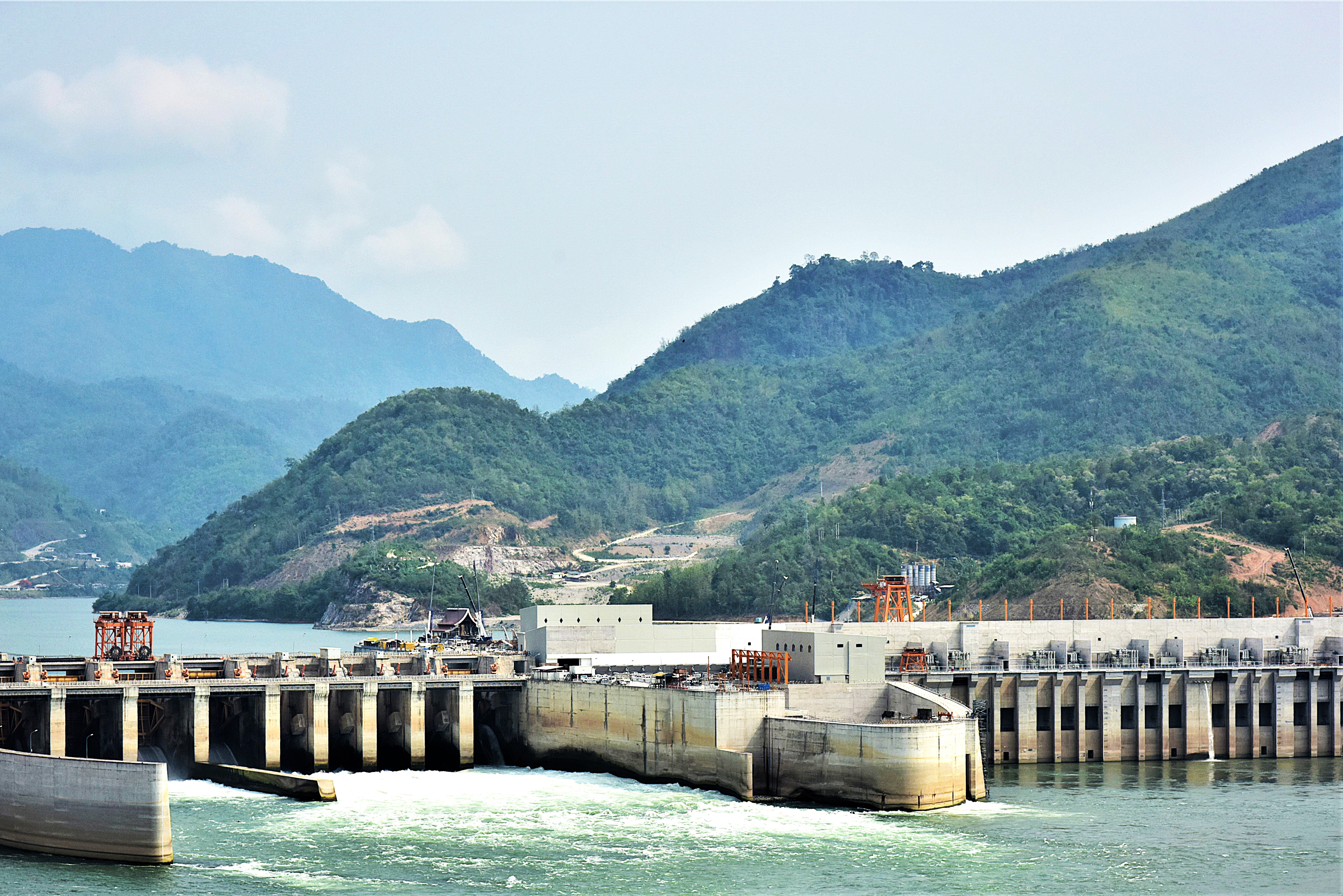
The Xayaburi Dam, which was completed in 2019. Photo supplied by Poyry Hydropower Company.
The 1,285 MW Xayaburi Dam was the first to be built on the lower Mekong, at a cost of $4.5 billion. It was funded by the four biggest Thai banks, and 95 percent of the electricity has been exported to Thailand since operations began in 2019.
Channarong urged the ONWR-organized forum in Chiang Khan: “We must have a full accounting of the impacts of the Xayaburi dam on Thai people and their way of life first, before we consider a new dam.” He did not receive any answer.
Neither the Thai National Mekong Committee (TNMC) nor the ONWR has ever called for an independent review of the damage done by the Xayaburi Dam.
However, we do know that the backwater impact caused so much bank erosion around the World Heritage site of Luang Prabang that it necessitated a World Bank-funded restoration project, at the request of UNESCO.
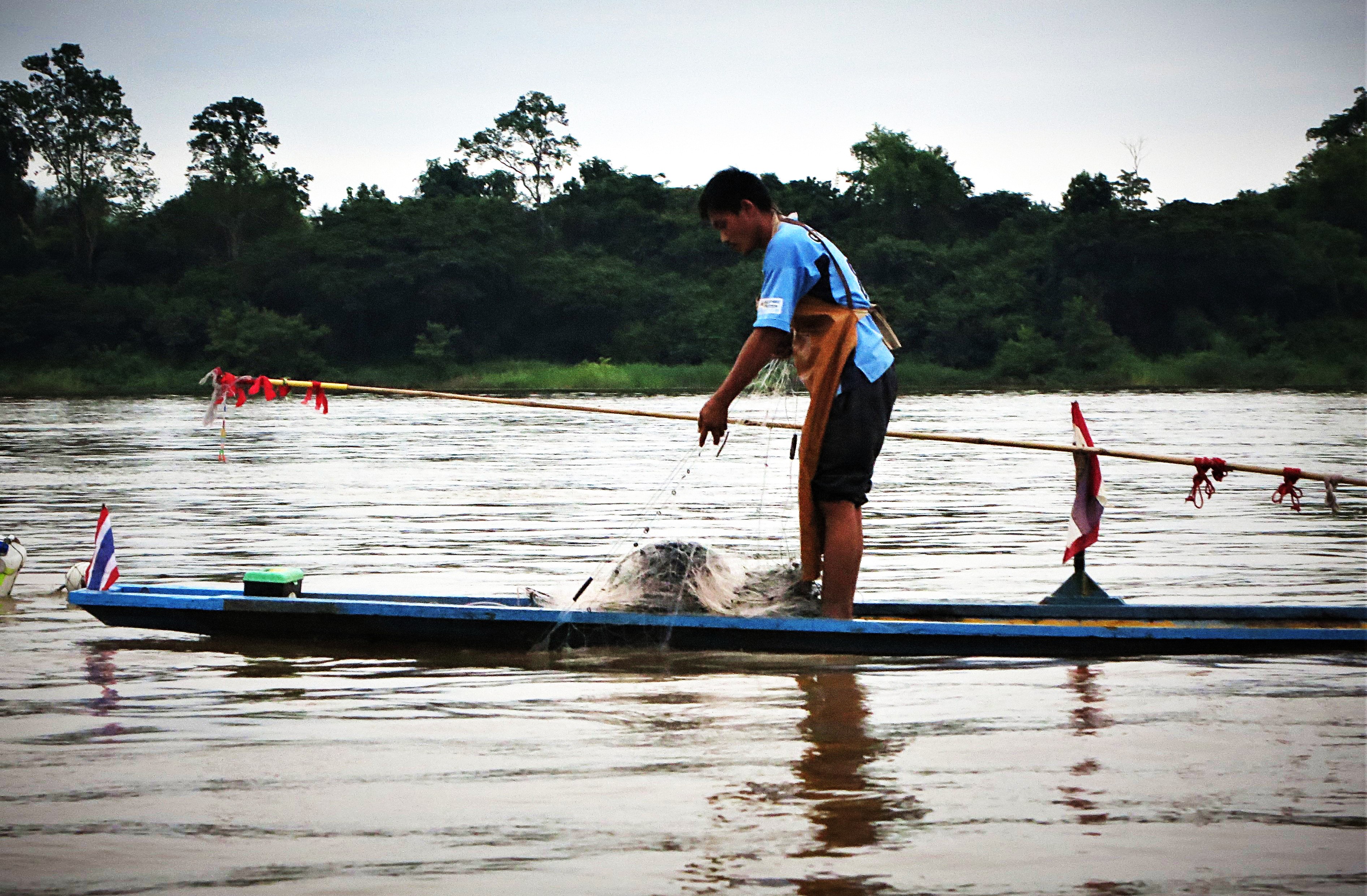
A Chiang Khan fisherman. Fish catches have already declined in the area since the completion of the Xayaburi Dam. Locals fear the additional impact of a dam at Sanakham. Photo by Saranya Aey Senaves.
Can Thailand’s Impoverished Thwart the Plan of Bangkok’s Energy Elite?
In response to their critics, the Thai government and the dam developers have defended investment in Mekong dams as part of a low carbon policy providing a “green and clean” alternatives to fossil fuels.
Thailand’s National Energy Plan (NEP), a blueprint for the country’s energy strategy from 2023-2037, declares its main goal is to increase the use of clean, renewable energy and an expansion of solar energy and wind power.
But in spite of increasing solar power, Thailand will still buy many more kilowatts from Mekong dams as a major component of the country’s energy mix.
However the Thai government’s defense of hydropower as a source of “clean renewable energy” is challenged by U.N. climate change research that revealed large dams cause equally harmful methane gases. At COP29, the U.N. climate change conference in 2024, 159 countries signed up to the Global Methane Pledge. Thailand and Laos declined to join them.
Thailand’s energy policy decisions – including its backing of hydropower projects in Laos – are made by a small group of government ministers, wealthy private investors, and energy technocrats.
The Nikkei Asia Review profile of Gulf Energy’s CEO Sarath Ratanavadi depicted this corporate high-flyer as Thailand’s “energy king.” He has a net worth of $14.4 billion, according to Forbes. His company is a major investor in both the Sanakham and Pak Beng Dams.
What chance do Thailand’s poor fisherfolk and low-income citizens have to influence decision-making on a dam that could damage their crops, reduce their fish catch, and erode their livelihoods?
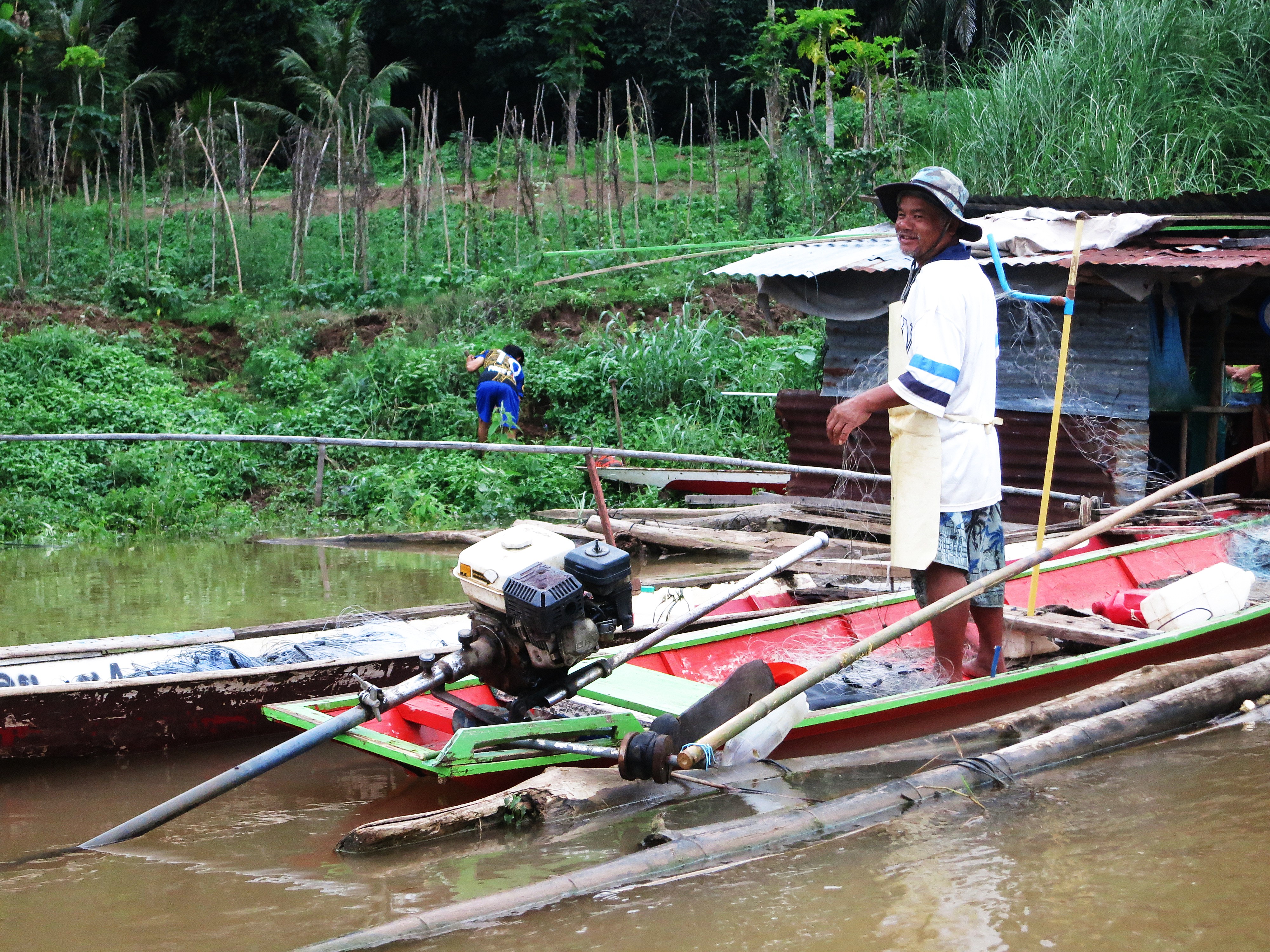
Upstream dams have drastically reduced fish catches, forcing many fisherfolk to look for work in towns. Photo by Tom Fawthrop.
Eyler, author of “The Last Days of the Mighty Mekong,” acknowledges the fight over Sanakham Dam is a very unequal contest. “This indeed is a David versus Goliath story, but we all know how this story entails bravery, defiance, and strength of the underdog. Fair fight or not, it’s a fight worth standing up for.”
He added, “There can be no unified Thai [national] interest in this dam or any dam, where there are divergent and conflicting interests.”
Gulf’s website points to a possible solution to avoid confrontation. Thailand‘s largest energy supplier proclaims that “Gulf is a leader in the solar energy business.” The company directly holds equity in solar and wind farms in Vietnam, with a total capacity of 245.8 MW. They also hold a 50 percent stake in a solar project in Borkum Riftgrund, Germany with a capacity of 464.8 MW.
Why not replace plans for Mekong dam projects with much safer and more cost-effective solar energy and wind power? These energy sources are already operational in Thailand, with a total capacity of 600 kilowatts so far. That just happens to be incredibly close to the 684 KW expected from the generation of the Sanakham Dam, but without all the risks and conflict that accompany hydropower.
Emeritus Professor of Human Geography Dr Philip Hirsch has concluded after 40 years of Mekong research that “big dams are obsolete. There are so many options for cheaper alternative energy. There is no reason to build a dam on the Mekong or any river these days.”
But Premrudee Daoroung, the coordinator of Project Sevana Mekong’s Culture and Environment, is not optimistic that rational arguments and analysis will win the day. As she sees it, “There is more than enough science and wisdom that proves the serious damage from these transboundary impacts, but not enough political will to apply the science to stop the dams.”













